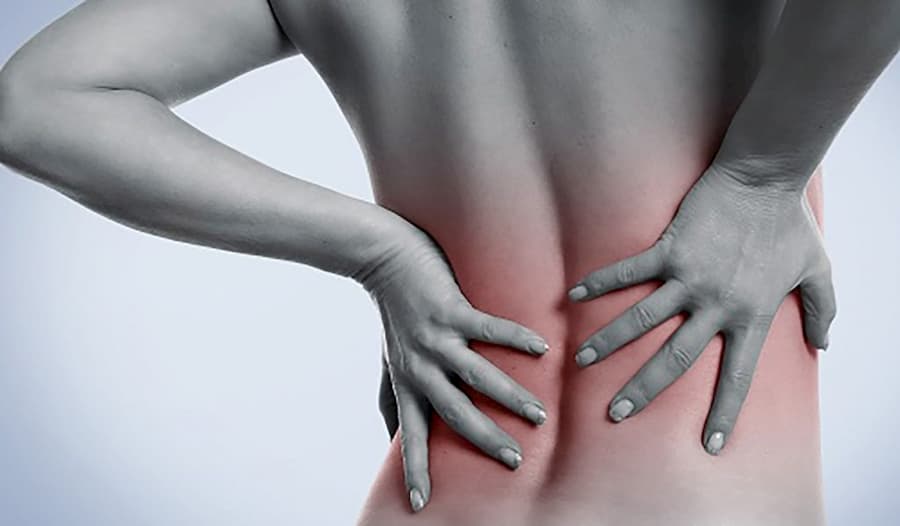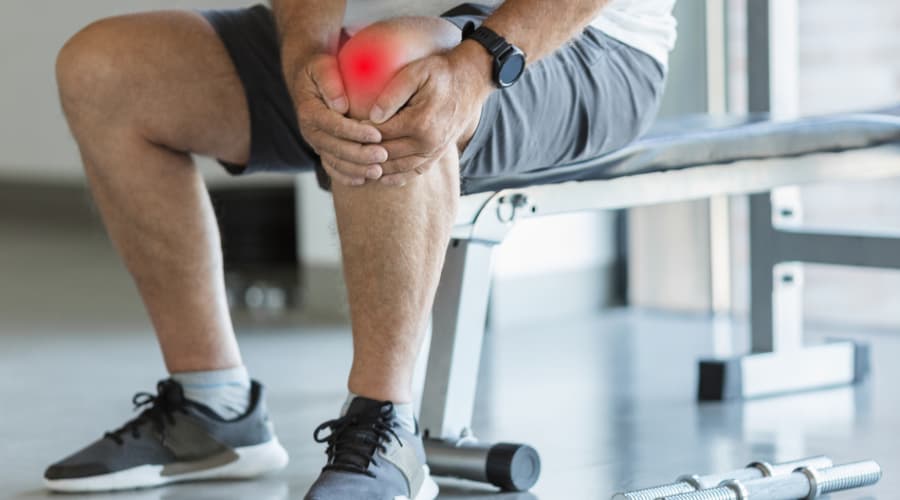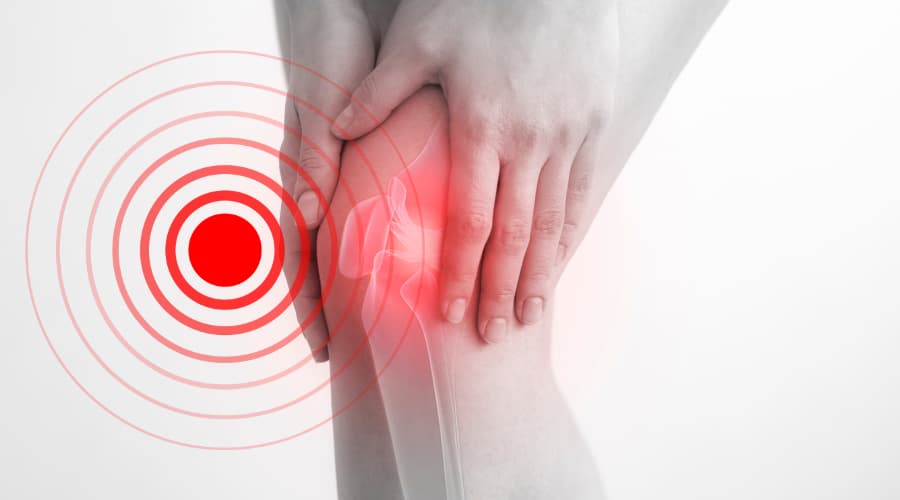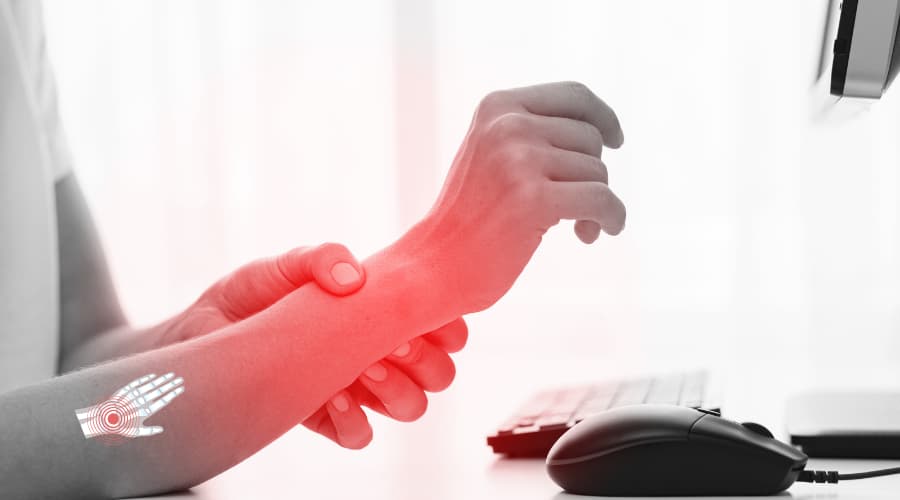Testosterone Replacement Therapy (TRT) is a medical treatment designed to address low testosterone levels in men. This therapy aims to restore hormonal balance, which can alleviate symptoms associated with testosterone deficiency. By raising testosterone levels to a normal range, men may experience improvements in various aspects of their health, including sexual function, mood, energy levels, and muscle mass.
TRT is becoming an increasingly popular treatment option for men with low testosterone. Men must understand the potential benefits, risks, and misconceptions surrounding TRT to make informed decisions about their health. By gaining a comprehensive understanding of TRT, men can determine if this therapy is the right solution for them and how to access it through the National Health Service (NHS) or private clinics.
Understanding Testosterone and Its Functions
Testosterone is a vital hormone primarily produced in the testicles of men, playing a central role in the development and maintenance of male characteristics. Testosterone levels typically peak during adolescence and early adulthood, gradually declining with age. Although women also produce testosterone in smaller amounts, it is crucial for men due to its influence on their health and well-being.
Role of testosterone in male health
Sexual function
Testosterone is essential for maintaining a healthy sex drive, or libido, and facilitating normal erectile function. Low testosterone levels can lead to reduced sexual desire and difficulties achieving or maintaining erections, negatively impacting a man’s overall quality of life.
Muscle mass and bone density
Testosterone is crucial in developing and maintaining muscle mass and bone density. Men with low testosterone levels may experience a decrease in muscle mass, strength, and bone density, which can contribute to an increased risk of fractures and osteoporosis.
Mental health and mood
Testosterone is also involved in regulating mood and mental well-being. Low levels of this hormone have been associated with mood swings, irritability, depression, and anxiety. Restoring testosterone levels to a normal range through TRT can help alleviate these symptoms and improve overall mental health.
Energy levels
Testosterone is crucial for maintaining adequate energy levels in men. A decline in testosterone can result in chronic fatigue and a lack of motivation or drive, making it difficult for men to engage in daily activities or exercise. TRT can help improve energy levels and overall vitality in men with low testosterone.
Recognising the Signs of Low Testosterone
Common symptoms
Fatigue
One of the most common signs of low testosterone is persistent fatigue and a lack of energy. Men with low testosterone may struggle to maintain their usual activity level and get through the day without feeling excessively tired.
Reduced libido
A decrease in sexual desire or libido is another common symptom of low testosterone. Men may find that their interest in sexual activity has significantly diminished, which can have a negative impact on their relationships and overall quality of life.
Erectile dysfunction
Low testosterone can contribute to erectile dysfunction, making it difficult for men to achieve or maintain an erection. While other factors, such as stress or underlying health conditions, can also cause erectile dysfunction, low testosterone should be considered as a possible contributing factor.
Mood changes
Men with low testosterone may experience mood swings, irritability, and feelings of depression or anxiety. These emotional changes can be challenging to cope with and may affect various aspects of a man’s life, including his personal relationships and work performance.
Decreased muscle mass and bone density
As mentioned, testosterone is vital in maintaining muscle mass and bone density. A decline in testosterone levels can lead to a loss of muscle mass, reduced strength, and weakened bones, increasing the risk of fractures and osteoporosis.
TRT in the UK: Accessing Treatment Through the NHS and Private Clinics
If you suspect you have low testosterone, the first step is to consult with your GP or a specialist, such as an endocrinologist or urologist. During the consultation, your healthcare provider will discuss your symptoms, review your medical history, and perform a physical examination. They may also order blood tests to measure your testosterone levels and determine whether TRT is appropriate for you.
Diagnosis of hypogonadism or other underlying conditions
If your testosterone levels are below the normal range, your doctor may diagnose you with hypogonadism or another medical condition causing the deficiency. Identifying the underlying cause of your low testosterone is essential, as it will help guide the appropriate treatment plan. Your doctor will consider your overall health and weigh the potential benefits and risks of TRT before making a recommendation.
Available treatment options
Several forms of TRT are available in the UK, and your doctor will discuss the most suitable option based on your needs and preferences.
Gels
Testosterone gels are applied directly to the skin, usually on the upper arms, shoulders, or abdomen. The gel is absorbed through the skin, allowing testosterone to enter the bloodstream. Gels are typically applied daily, and patients must be cautious to avoid skin-to-skin contact with others after application to prevent testosterone transfer.
Patches
Testosterone patches are another transdermal option, where the skin absorbs the hormone. Patches are applied to various body parts, such as the back, abdomen, or thighs, and are usually changed daily. Some patients may experience skin irritation at the application site.
Injections
Testosterone injections are administered directly into the muscle, usually in the buttocks or thighs. The frequency of injections can vary, ranging from every few weeks to every few months, depending on the specific formulation and individual needs. Injections provide a more stable release of testosterone but may cause fluctuations in hormone levels.
Pellets
Testosterone pellets are small, cylindrical implants inserted under the skin, typically in the fatty tissue of the buttocks or lower abdomen. The pellets release testosterone gradually over time, lasting 3 to 6 months. This method offers a consistent release of hormones but requires a minor surgical procedure for implantation and removal.
Benefits of Testosterone Replacement Therapy
Improved sexual function
One of the most notable benefits of TRT is improved sexual function. By restoring testosterone levels to a normal range, men may experience increased libido and improved erectile function. This can lead to a more satisfying sex life and positively impact intimate relationships.
Increased muscle mass and bone density
TRT can help men regain lost muscle mass and strength and increase bone density. This is particularly important for men who have experienced muscle weakness or are at risk for developing osteoporosis. Improved muscle mass and bone health can also contribute to better overall physical fitness and reduced risk of injuries.
Enhanced mood and mental wellbeing
Restoring testosterone levels through TRT can lead to improved mood and mental well-being. Men who have experienced mood swings, irritability, depression, or anxiety due to low testosterone may find relief from these symptoms with treatment. Improved mental health can positively affect a man’s life, including personal relationships and work performance.
Boosted energy levels
One common complaint among men with low testosterone is chronic fatigue and a lack of energy. TRT can help restore energy levels and improve overall vitality, making it easier for men to engage in daily activities and maintain a more active lifestyle.
Overall quality of life improvement
By addressing the various symptoms associated with low testosterone, TRT can significantly improve a man’s overall quality of life. Men who undergo TRT often report feeling healthier, more energetic, and more confident in their daily lives. However, it is essential to work closely with a healthcare professional to ensure that TRT is the right treatment option and to monitor progress throughout the treatment process.
Potential Risks and Side Effects of TRT
Acne and oily skin
Some men may experience acne and oily skin as a side effect of TRT. This is because increased testosterone levels can stimulate the sebaceous glands, producing more oil. Proper skincare and consultation with a dermatologist can help manage this side effect in most cases.
Sleep apnoea
TRT has been associated with worsening sleep apnoea, a sleep disorder characterised by pauses in breathing during sleep. Men with pre-existing sleep apnoea should inform their healthcare provider before starting TRT, and those who develop sleep apnoea symptoms while on treatment should report this to their doctor.
Prostate enlargement
Testosterone replacement therapy can potentially contribute to prostate enlargement or benign prostatic hyperplasia (BPH). This may lead to urinary symptoms, such as increased frequency or difficulty in urination. Men on TRT must have regular prostate exams and discuss any urinary symptoms with their healthcare provider.
Increased risk of blood clots
TRT may increase the risk of blood clots, particularly in the deep veins of the legs (deep vein thrombosis) or the lungs (pulmonary embolism). Men with a history of blood clots or clotting disorders should inform their healthcare provider before starting TRT, and any symptoms of blood clots should be reported immediately.
Importance of discussing risks with a healthcare professional
While TRT can provide significant benefits for men with low testosterone, knowing the potential risks and side effects is essential. Discussing these risks with your healthcare provider before starting treatment and having regular follow-up appointments to monitor your progress and address any concerns is crucial. By working closely with your doctor, you can ensure that TRT is your right choice and maximise the benefits while minimising potential risks.
Common Myths Surrounding Testosterone Replacement Therapy
Myth 1: TRT is only for older men
While it is true that testosterone levels naturally decline with age, low testosterone can affect men of all ages. Various medical conditions and lifestyle factors can contribute to low testosterone levels. TRT can be an appropriate treatment for men with a clinically diagnosed deficiency, regardless of age.
Myth 2: TRT leads to aggressive behaviour
A common misconception is that TRT can cause aggressive behaviour or “roid rage.” Aggressive behaviour is generally not a side effect of properly managed TRT. However, when testosterone levels are restored to a normal range under the supervision of a healthcare professional, most men experience improved mood and mental well-being.
Myth 3: TRT is a shortcut for bodybuilding
While TRT can help increase muscle mass in men with low testosterone, it is not a substitute for proper nutrition and exercise. TRT should not be viewed as a shortcut to enhance bodybuilding or athletic performance. Misusing TRT for these purposes can lead to serious health risks and is not recommended.
Myth 4: TRT causes infertility in all men
It is true that TRT can have an impact on sperm production and may lead to temporary infertility in some men. However, this effect is not universal, and fertility may be preserved or restored in many cases by adjusting the treatment or incorporating additional medications. Men concerned about fertility should discuss these concerns with their healthcare provider before starting TRT.
Myth 5: TRT is a risk-free treatment
As with any medical treatment, TRT carries some potential risks and side effects, as discussed in the previous section. Men considering TRT must have a thorough understanding of these risks and work closely with their healthcare provider to monitor their progress throughout treatment. TRT is not risk-free, but the benefits outweigh the potential risks when managed appropriately for many men with low testosterone.
Monitoring and Adjusting TRT Treatment
Regular follow-up appointments with your healthcare provider are crucial for ensuring the effectiveness and safety of TRT. These appointments allow your doctor to monitor your progress, address any concerns or side effects, and adjust your treatment plan. Staying engaged with your healthcare team throughout your TRT journey is vital for achieving the best possible outcomes.
Blood tests play an essential role in monitoring your testosterone levels during TRT. Your healthcare provider will likely schedule regular blood tests to ensure that your testosterone levels are within the optimal range and that your treatment works effectively. These tests also help your doctor identify any potential issues, such as elevated red blood cell counts or changes in cholesterol levels, that may require adjustments to your treatment plan.
Each individual’s response to TRT may vary, and adjustments to treatment plans are sometimes necessary to optimise results. Your healthcare provider may change your TRT’s dosage or delivery method based on your specific needs and response to treatment. It is essential to communicate openly with your doctor about any changes in your symptoms or side effects so that they can make informed decisions about your treatment plan. By working closely with your healthcare team, you can help ensure your TRT experience is safe and effective.
In Summary
Testosterone Replacement Therapy (TRT) offers numerous benefits for men with low testosterone, such as improved sexual function, increased muscle mass and bone density, enhanced mood and mental well-being, and boosted energy levels. However, it is essential to be aware of the potential risks and side effects associated with TRT, including acne, sleep apnoea, prostate enlargement, and an increased risk of blood clots.
Before starting TRT, it is crucial to consult with a healthcare professional, such as a GP or endocrinologist, to obtain an accurate diagnosis and ensure that TRT is the appropriate treatment option for your specific needs. A thorough evaluation, including a physical examination and blood tests, can help determine whether low testosterone is the cause of your symptoms and guide your treatment plan.
If you suspect that you have low testosterone, don’t hesitate to seek professional medical advice and explore TRT as a potential solution. With the proper guidance and monitoring, TRT can significantly improve your quality of life and help you regain vitality. By working closely with your healthcare provider and staying informed about the benefits, risks, and myths surrounding TRT, you can decide whether this treatment option is right for you.
Related Articles
- Testosterone Replacement Therapy (TRT) – What You Need To Know
- Understanding the Link Between Testosterone and Erectile Dysfunction
- Testosterone Replacement Therapy and Cardiovascular Health
- Understanding the Signs and Symptoms of Low Testosterone Every Man Should Know About
- P-Shot Treatment for Erectile Dysfunction




